A roadmap for bidirectional electric vehicle charging in Australia, developed by a partnership between the Australian Renewable Energy Agency (ARENA) and RACE for 2030, is set to play a key role in guiding policy and initiatives for the widespread commercialisation of vehicle-to-grid (V2G) technologies and dominant form of domestic flexible electricity generation.
The National Roadmap for Bidirectional EV Charging greenlights commercial adoption of vehicle-to-grid (V2G) technologies, outlining its potential to become one of the largest forms of flexible energy storage in Australia.
Though not yet available in Australia, small-scale trials have been conducted to find bidirectional technology can make an electric vehicle (EV) act as a backup power supply for homes or businesses I the event of power outage, in place of a dedicated battery.
V2G-enabled EVs can reduce power bills as ‘batteries on wheels’ that can respond to dynamic electricity pricing and also help stabilise the grid by supplying power back to it, during times of high demand.
Australian Renewable Energy Agency (ARENA) Chief Executive Officer Darren Miller said bidirectional charging, and particularly V2G technology, means EVs won’t just e vehicles; they’re the future of distributed energy storage and represent a game-changing opportunity for Australia’s energy future.
“By the early 2030s, the battery capacity of our electric vehicle fleet is projected to outstrip all other forms of energy storage in the National Electricity Market (NEM),” Miller said.
“With estimates suggesting 1.5 million EVs on Australian roads by 2030, even 10% of those adopting V2G could meet 37% of the NEM’s total storage needs while also giving Australians control over their contribution to the clean energy transition.”
Miller said this innovation isn’t just beneficial for the grid – it could also save Australians up to $5 billion (USD 3 billion) in total by reducing the need for large-scale battery storage investments.
“Bidirectional charging is a small but important step toward creating an Australian energy network that’s more renewable, more reliable and more affordable for all Australians.”
The roadmap will directly contribute to the Australian Government’s National Consumer Energy Resources Roadmap , which seeks to save the energy system billions of dollars and reward consumers for their role in accelerating the transition.
Electric Vehicle Council Chief Executive Officer Julie Delvecchio noted that the roadmap has the potential to unlock significant economic and energy system benefits and coordinated action is needed to realise its full potential.
“Australia is a world leader in rooftop solar. This gives us a running start to be a world leader in bidirectional EV charging as well, if we choose to be. Our abundant solar energy creates opportunities for EVs to store excess daytime generation and discharge it to the grid when needed,” Ms Delvecchio said.
Bidirectional charging refers to the ability of an electric vehicle (EV) or other energy storage systems to not only draw power from the grid to charge its battery, but also to send power back to the grid, your home or directly to other devices. This capability allows the EV to act as an energy source when needed – essentially turning cars into batteries on wheels.
The roadmap has been commissioned by ARENA, in partnership with the research cooperative Reliable, Affordable, Clean Energy (RACE) for 2030 and delivered by distributed energy resource integration specialist company enX Consulting.
Updated 21 March 2025.
This content is protected by copyright and may not be reused. If you want to cooperate with us and would like to reuse some of our content, please contact: editors@pv-magazine.com.

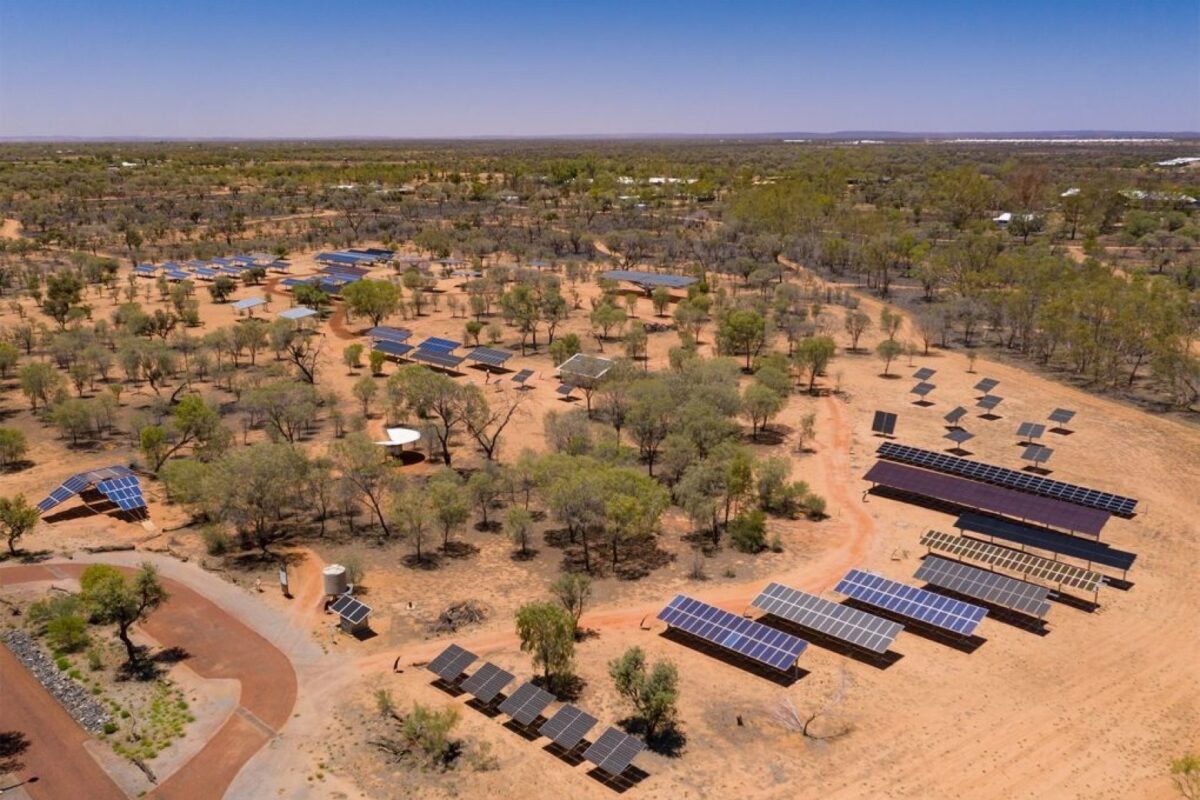

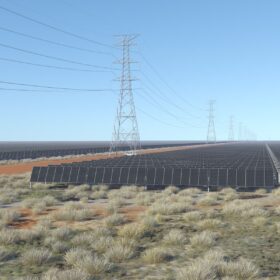
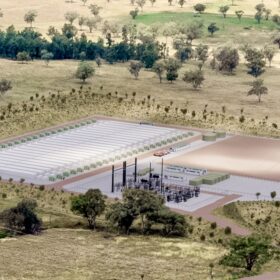

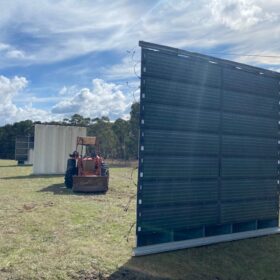
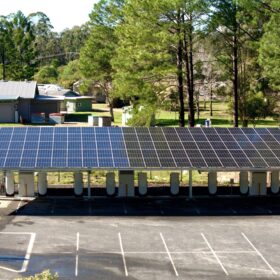
By submitting this form you agree to pv magazine using your data for the purposes of publishing your comment.
Your personal data will only be disclosed or otherwise transmitted to third parties for the purposes of spam filtering or if this is necessary for technical maintenance of the website. Any other transfer to third parties will not take place unless this is justified on the basis of applicable data protection regulations or if pv magazine is legally obliged to do so.
You may revoke this consent at any time with effect for the future, in which case your personal data will be deleted immediately. Otherwise, your data will be deleted if pv magazine has processed your request or the purpose of data storage is fulfilled.
Further information on data privacy can be found in our Data Protection Policy.